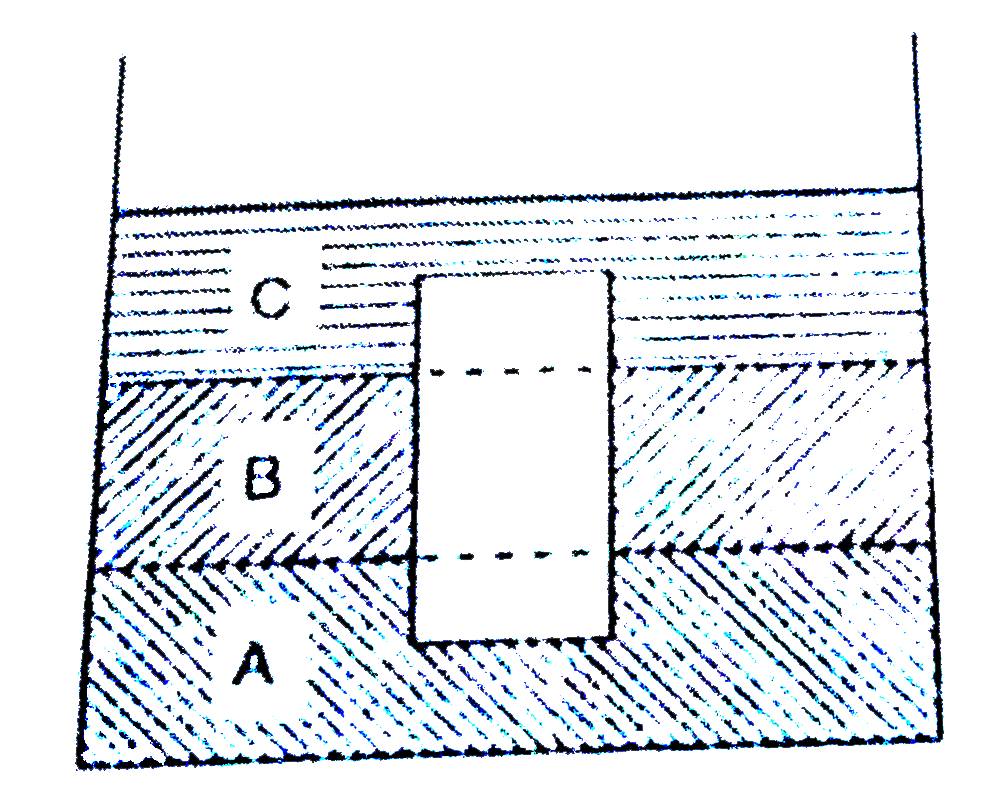Text Solution
Verified by Experts
|
Topper's Solved these Questions
HYDROSTATICE
PEARSON IIT JEE FOUNDATION|Exercise LEVEL 2 UNDERSTANDING BASED QUESTION|6 VideosView PlaylistHYDROSTATICE
PEARSON IIT JEE FOUNDATION|Exercise LEVEL 3|5 VideosView PlaylistHYDROSTATICE
PEARSON IIT JEE FOUNDATION|Exercise LEVEL 1 MULTIPLE CHOICE QUESTIONS|29 VideosView PlaylistHEAT
PEARSON IIT JEE FOUNDATION|Exercise All Questions|115 VideosView PlaylistLIGHT
PEARSON IIT JEE FOUNDATION|Exercise Level 3|10 VideosView Playlist
Similar Questions
Explore conceptually related problems
Knowledge Check
Similar Questions
Explore conceptually related problems
PEARSON IIT JEE FOUNDATION-HYDROSTATICE-LEVEL 2
- An object floats in three immiscible liquids A, B and C of densities 3...
Text Solution
|
Playing Now - A hollow sphere of external and internal diameter 4 cm and 2 cm, respe...
11:10
|
Play - Two sphere S(1)andS(2) made of the same material and having radii 2r a...
04:12
|
Play - A simple barometer tube contains some air in it. The length of the tub...
10:26
|
Play - A 'U' tube contains oil, carbon tetrachloride and water as shown in th...
08:03
|
Play - A metallic sphere is made of an alloy of metels 'P' and 'Q' having spe...
09:54
|
Play - A trough contains the two immiscible liquids 'A' and 'B' having densit...
02:08
|
Play - In the figure shown below, cylinder A has pump piston, whereas B and C...
Text Solution
|
Play - An empty glass test tube floats vertically in water to a depth of 5 cm...
09:10
|
Play - Two metallic spheres 'P' and 'Q' weighing 200 gwt and 150 gwt, respect...
02:35
|
Play - A gold ornament weighs 570 gram in air nad 520 gram in water. If the s...
06:15
|
Play - A container is filled with two immiscible liquids A and B of densities...
08:57
|
Play - A variable immersion hydrometer is used to measure the specific gravit...
Text Solution
|
Play
